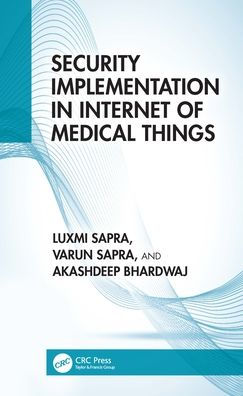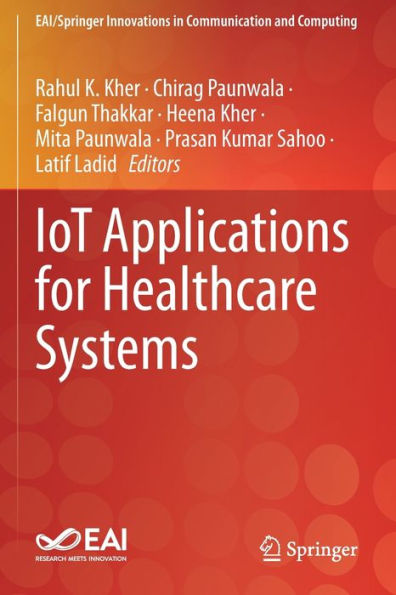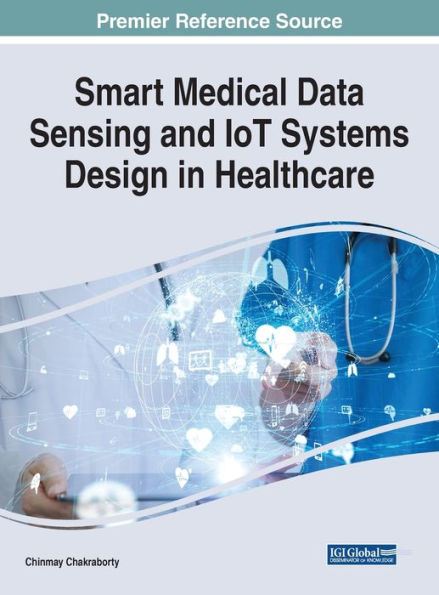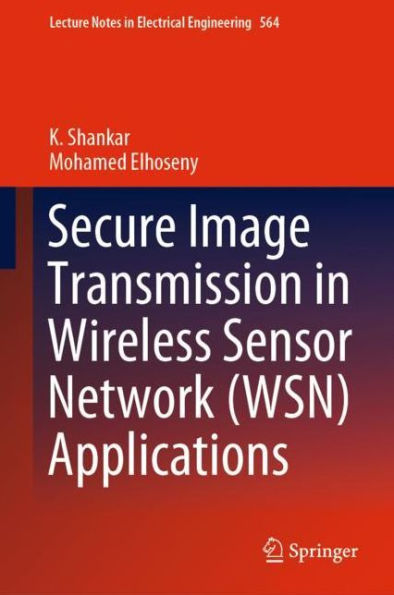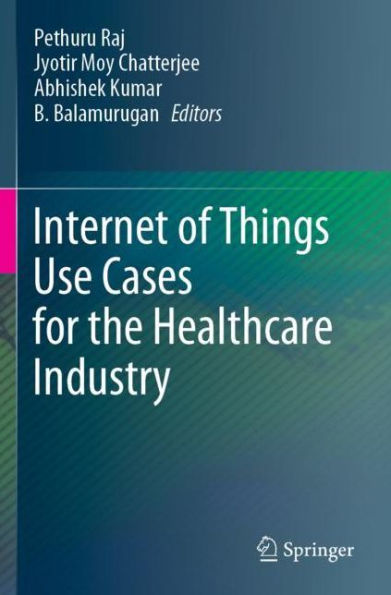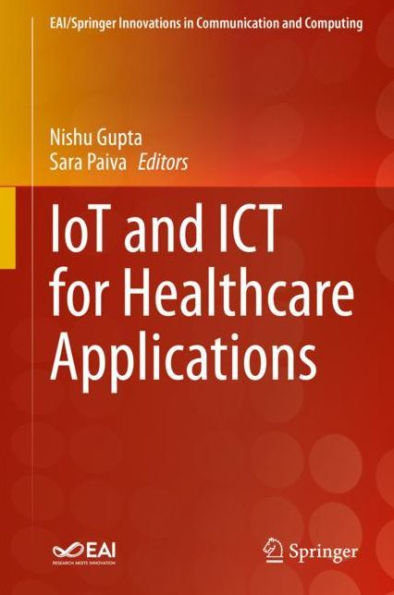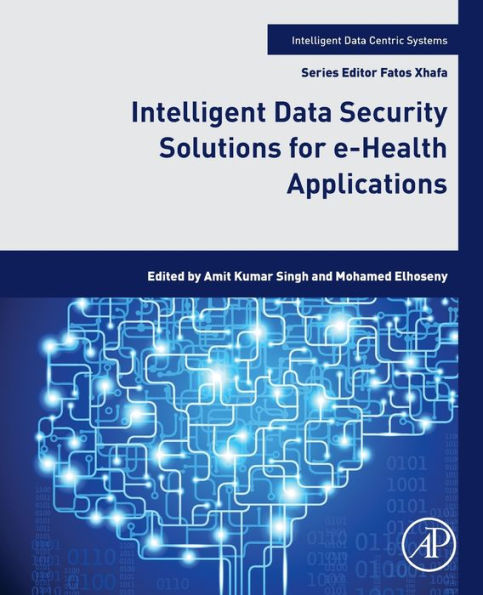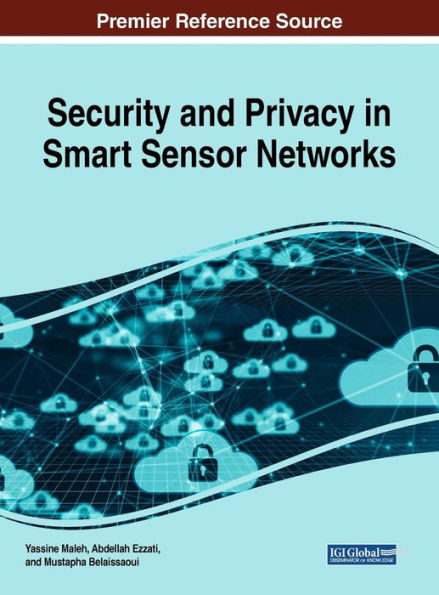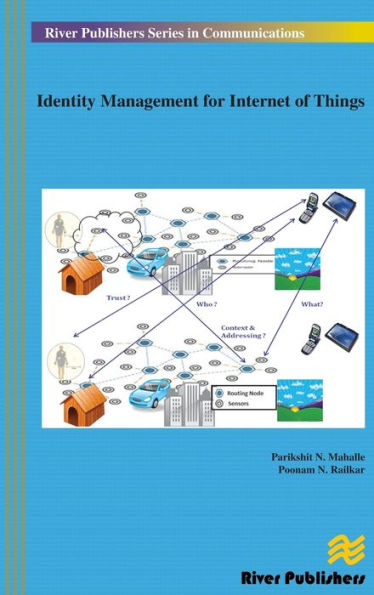Home
User Authentication Mechanisms to Secure Data Transmission in Medical IoT



User Authentication Mechanisms to Secure Data Transmission in Medical IoT
Current price: $30.00
Loading Inventory...
Size: OS
The Internet of Things (IoT) contains sensors, microcontrollers, network software, and
actuators embedded in things (i.e. physical objects). IoT comprises of a vast number of
smart devices rather than gadgets connected through the internet, such as smartphones,
refrigerators, automobiles, industrial and health care units. Based on the opinion of Ericsson,
by the end of 2022, more than 29 million devices will be connected through the
IoT. The primary aim of the IoT is to connect the objects using the inter-routing protocol
and software. These smart devices exchange the data with the server or connected
nodes. The applications of IoT in different fields are increasing rapidly. For instance,
the IoT can be used to find locations, track patients' heart rate, and find the movement
in the vehicles and products.
IoT provides additional advantages to the technologies that serve urban areas where
there is scope in health care. IoT has the additional benefit to serve in health care like
patient monitoring at home. IoT contains a huge volume of heterogeneous devices and
is connected with the internet. The web technologies which support IoT are XML,
HTML, and JSON. A major advantage of using web technologies is that they are supported
by devices integrated with the existing infrastructure.
The IoT could be characterized as a pervasive and ubiquitous network which enables
monitoring and control of the physical environment by collecting, processing, and analyzing
the data generated by sensors or smart objects.
